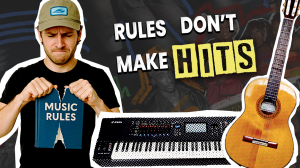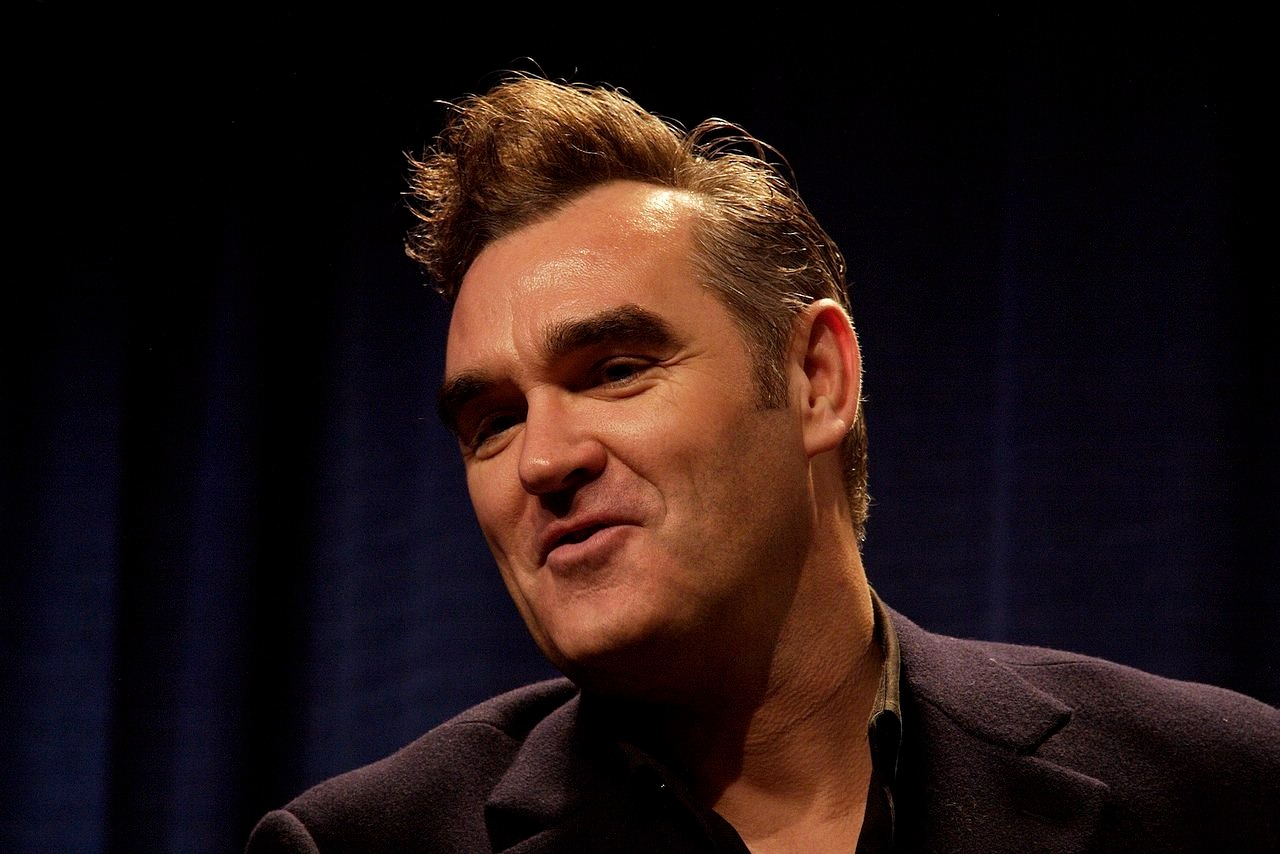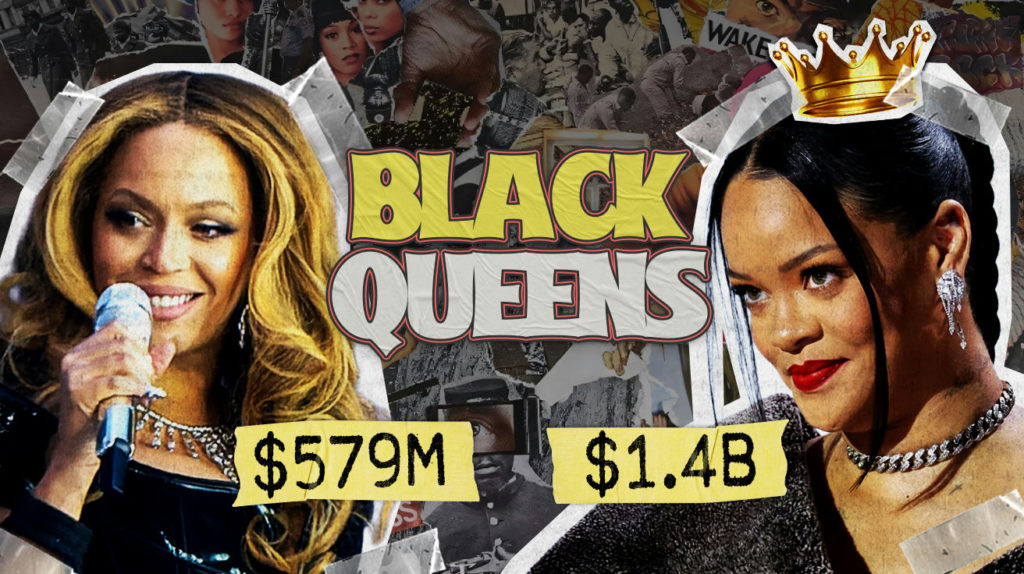
The music industry’s most powerful financial portfolios aren’t being managed in Wall Street boardrooms—they’re being orchestrated by the same women whose voices have defined generations. Black female singers have quietly architected business empires that would make venture capitalists sweat like opening acts before Coachella headliners.
From cosmetics that broke the beauty industry wide open to streaming strategies that rewrote the rulebook, these artists have transformed cultural capital into actual capital with precision that business schools should study.
10. Rihanna: The Billion-Dollar Disruptor

The beauty industry ignored entire skin tone ranges for decades, but Fenty Beauty forced a complete market recalibration in 2017. With a net worth of approximately $1.4 billion, RiRi evolved from Barbadian singer to business titan by identifying what the beauty industry pretended not to see: consumers of all skin tones deserved representation.
Her 50% stake in Fenty Beauty (which generated $570 million in its first year alone) forms the cornerstone of her wealth, while the Savage X Fenty lingerie enterprise, valued at $1 billion with her 30% ownership, further cements her status as fashion’s most formidable entrepreneur. Her business approach mirrors her music—bold, unapologetic, and impossible to ignore. The takeaway: identify underserved markets that established players overlook, then deliver with genuine appeal that can’t be replicated by corporate committees.
9. Beyoncé: The Renaissance Strategist
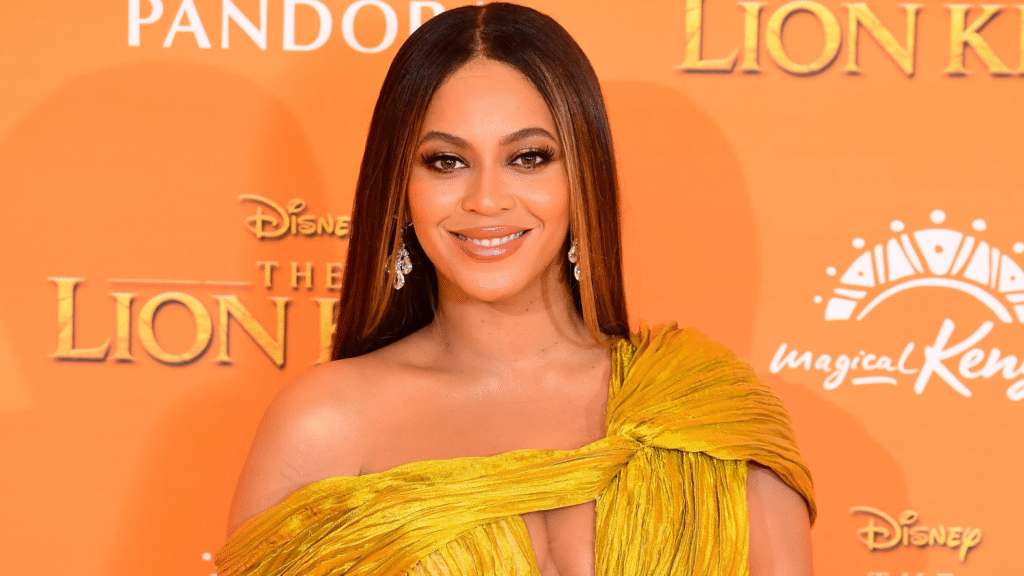
If you’re studying business strategy execution, Beyoncé’s evolution from Destiny’s Child frontwoman to an $800 million empire offers the perfect case study. Her Renaissance World Tour’s $579 million gross demonstrates how she’s perfected the high-margin business of live performance in an era when most artists struggle to profit from touring. It also set a new benchmark for female artists and ranked among the biggest concerts in history.
Through Parkwood Entertainment, she commands ownership over her creative output while developing new revenue streams that don’t require her physical presence. Beyoncé approaches brand partnerships like a hedge fund manager, selecting collaborations with Tiffany & Co., Adidas, and Pepsi that enhance rather than dilute her brand equity. While other artists chase trends, Beyoncé creates them—then monetizes the cultural conversation she generates.
8. Janet Jackson: The Long-Game Investor
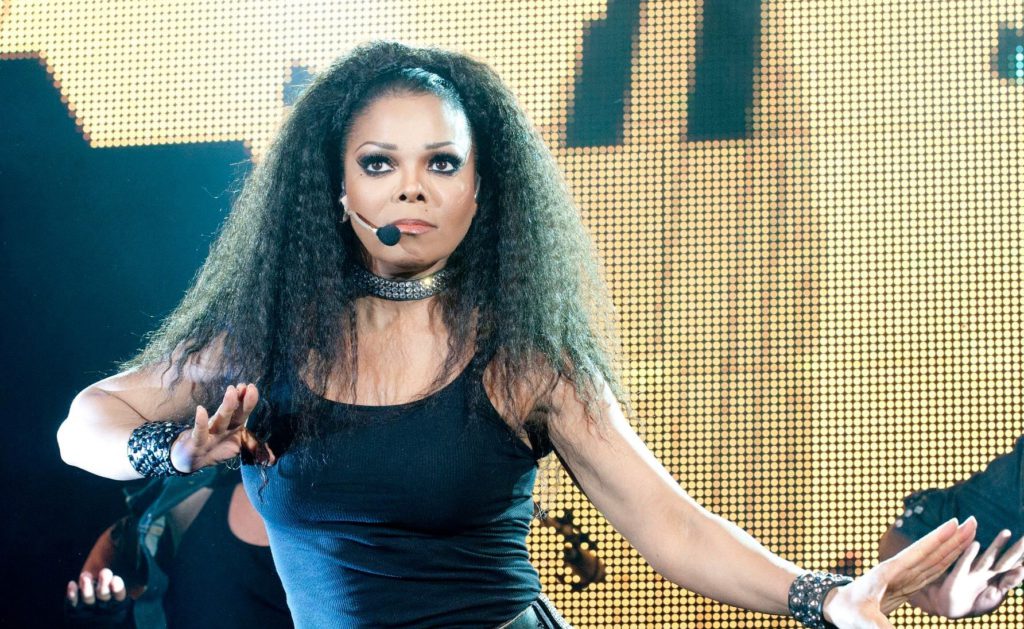
Career longevity in music requires more than talent—Janet Jackson’s $180 million fortune proves strategic thinking matters most. Her groundbreaking 1996 Virgin Records deal worth $80 million wasn’t just record-setting—it was a declaration that female artists could command the same financial respect as their male counterparts, establishing a precedent that reverberates through contract negotiations today.
Through Rhythm Nation Records, founded in 2015, she’s positioned herself as both mentor and beneficiary of emerging talent while preserving oversight of her artistic legacy. Jackson’s financial strategy resembles a well-balanced retirement portfolio—diverse assets generating passive income while maintaining growth potential decades after her initial breakthrough. Her business savvy shows in how she’s maintained relevance across multiple generations of music fans.
7. Mariah Carey: The IP Maximizer
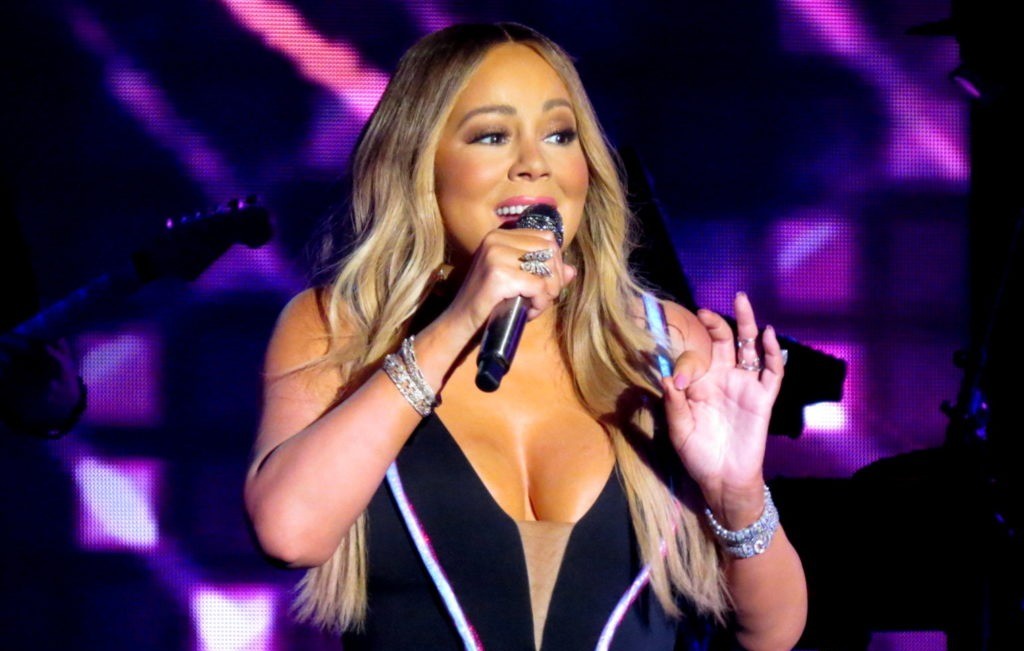
One perfectly crafted Christmas song generates millions annually with zero additional investment—that’s Mariah Carey’s intellectual property genius. With 200 million albums sold worldwide, her catalog generates consistent revenue, but it’s her Christmas strategy that showcases true business brilliance. “All I Want for Christmas Is You” ranks among the most iconic Christmas songs, reportedly delivering approximately $3 million annually with minimal additional investment.
Her $18 million “American Idol” judging stint showed her understanding of platform leverage—using television not just for immediate income but to reintroduce her brand to younger audiences who might discover her catalog through newfound familiarity. She’s treated her voice like a tech company treats proprietary software—a unique asset that can be monetized across multiple platforms indefinitely.
6. Alicia Keys: The Authentic Brand Builder

Caught between artistic integrity and commercial expansion? Alicia Keys proves you can have both since her 2001 debut. Her transition to television with “The Voice” represents perfect brand extension—leveraging her musical credibility into a new revenue stream without compromising her core identity or alienating her fanbase.
Her Keys Soulcare wellness line, launched in partnership with e.l.f. Beauty, doesn’t just sell products; it monetizes the sincerity that made her music resonate with listeners seeking genuine connection in an increasingly artificial world. Keys has mastered what many entrepreneurs struggle with—expanding her business footprint while strengthening rather than diluting her core brand proposition. Her approach proves that staying true to yourself can be the most profitable strategy of all.
5. CeCe Winans: The Niche Market Dominator
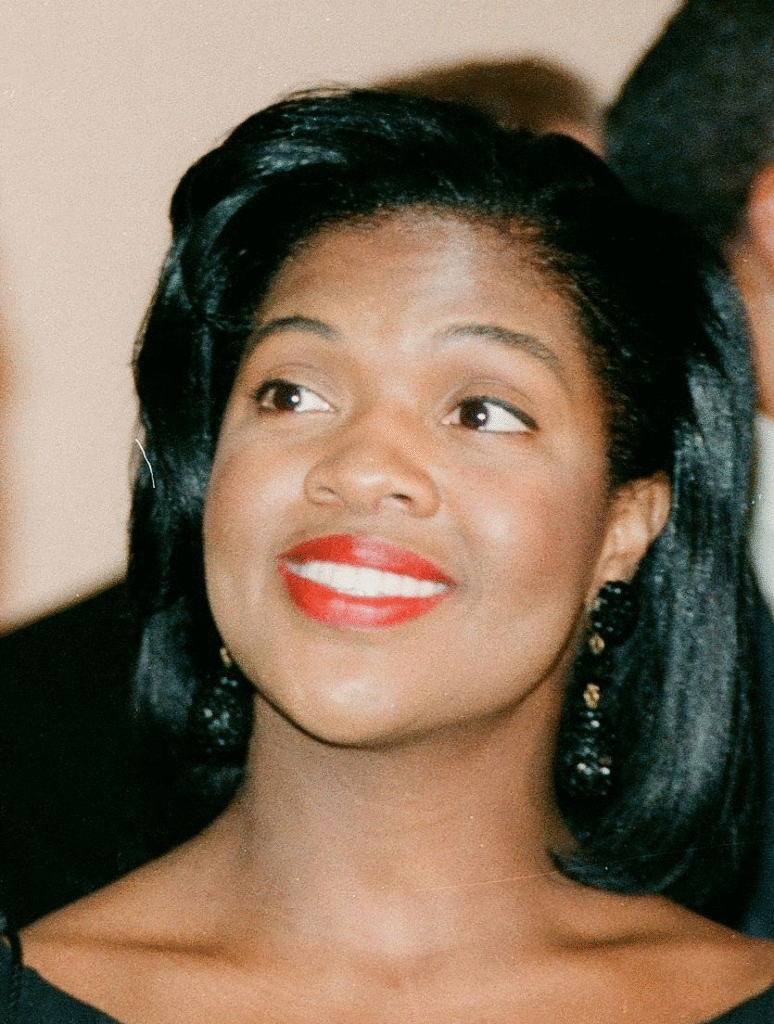
Mainstream appeal gets all the attention, but CeCe Winans’ $8 million empire proves niche domination builds more sustainable wealth. Her estimated net worth might seem modest compared to pop superstars, but her business model demonstrates remarkable efficiency—maximizing returns within the gospel music ecosystem while building unshakeable loyalty among her audience.
With 17 million records sold and 12 Grammy Awards, Winans has achieved both commercial success and critical acclaim within her chosen genre. Founding Pure Springs Gospel in 1999 gave her both creative control and ownership stake in her output, while her judging role on BET’s “Sunday Best” extended her influence while creating revenue that complemented rather than competed with her music career.
4. Nicki Minaj: The Digital Economy Pioneer

Digital engagement ruled the future of music business, and Nicki Minaj understood this before industry executives caught on to the seismic shift. Making Billboard history with seven simultaneous Hot 100 entries in 2014, Minaj demonstrated her market dominance while her Pinkprint Tour’s $22 million gross across 55 shows proved her ability to convert digital popularity into physical ticket sales—a translation many social media stars still struggle to achieve.
Partnerships with MAC, Moscato, Pepsi, and Adidas show her cross-category appeal, while her $12 million “American Idol” judging stint leveraged her personality beyond music into mainstream television success. Minaj recognized early that direct fan relationships would become more valuable than traditional distribution channels—an insight that now defines the creator economy. She built her empire by treating social media like a stock exchange where engagement equals equity.
3. Aretha Franklin: The Cultural Capital Converter

Cultural significance creates more lasting value than chart positions—Aretha Franklin’s legacy proves this economic truth. With 75 million albums sold and 18 Grammy Awards, the Queen of Soul created intellectual property that continues generating value decades after its creation, while her songs became anthems during the civil rights movement, demonstrating how artistic expression can convert social movements into lasting cultural capital.
Franklin’s business acumen showed in her insistence on respect—both in lyrics and contract negotiations—while she famously demanded cash payments for performances, understanding her worth in an era when female artists were routinely undervalued and underpaid. Her catalog remains a case study in creating art that appreciates rather than depreciates over time, influencing countless artists who followed her blueprint for heartfelt expression.
2. Whitney Houston: The Cross-Platform Maximizer

Excellence in one medium opens doors everywhere else—Whitney Houston’s cross-platform success demonstrates this business principle perfectly. With over 200 million records sold worldwide, she built a foundation that supported expansion into film and other media with remarkable success that few artists have matched.
“The Bodyguard” wasn’t just a box office success—it created a soundtrack that became the best-selling of all time, demonstrating perfect synergy between film and music properties that modern artists still struggle to replicate. Houston understood platform leverage before digital streaming made it a business school buzzword, while her performance style influenced generations of vocalists, creating an artistic legacy that continues generating royalties and licensing opportunities long after her passing.
1. Tina Turner: The Reinvention Specialist

If you’re facing a career pivot after 40, Tina Turner’s second act offers the ultimate blueprint for success. The Queen of Rock and Roll sold over 100 million records while demonstrating that established artists could successfully reposition themselves for new audiences without sacrificing their core identity.
Turner’s mid-career pivot showed that age and industry expectations don’t have to limit artistic or financial potential, while her electrifying performances created experiences that commanded premium pricing long before the experience economy became a recognized business model. By converting personal struggles into artistic expression, she created honest connection with audiences that translated to remarkable career longevity and financial success.





